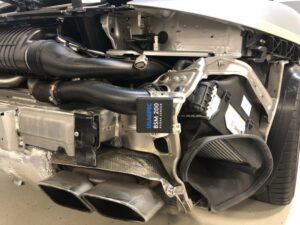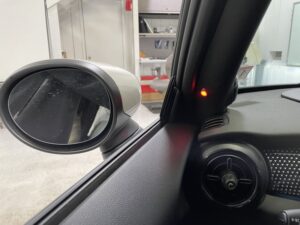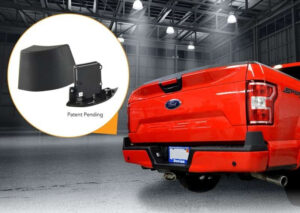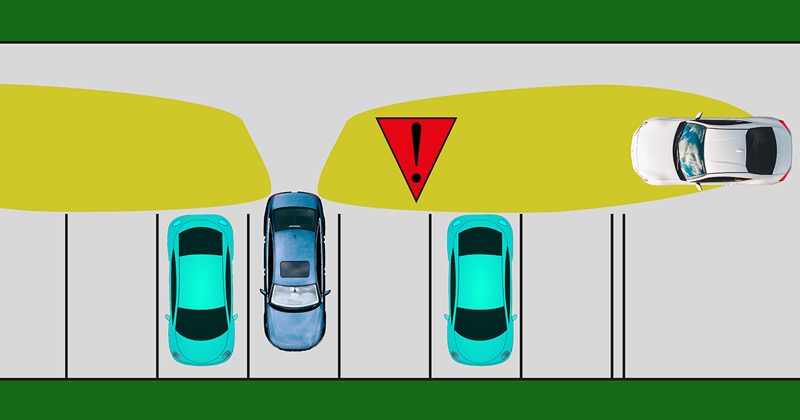Backing out of a parking spot or onto a street can be dangerous as it’s often very difficult or impossible to see oncoming traffic. In most cases, our vehicles are halfway into the road before we have a clear view of cars or trucks approaching from the side. Thankfully, aftermarket rear cross-traffic alert systems can warn you when a vehicle, cyclist or pedestrian is approaching long before you’re in their path. Let’s look at how these systems work to prevent accidents.
How Does a Cross-Traffic Alert System Work?

All aftermarket rear cross-traffic alert (RCTA) systems are integrated into radar-based blind spot monitoring (BSM) systems. These accident-prevention solutions include a pair of radar transceivers installed behind your vehicle’s plastic rear bumper cover. In addition, if you have a truck with metal bumpers, there are options for replacement taillights, vehicle-specific mounting solutions or a license plate frame mounting solution.

Inside the vehicle, you’ll find two small LED indicators. These are usually mounted at the base of the A-pillar trim panels near the dash. When you start backing up, the rear cross-traffic alert system projects a radar beam to the left and right of the vehicle that covers a distance of roughly 25 feet in each direction. If something or someone enters that area, the LED indicators will flash, and the system will produce an audible warning informing you that it’s unsafe to proceed. Once alerted, you can stop the vehicle, wait for the hazard to pass, and back out safely. All of these RCTA systems, whether installed on the vehicle production line or as an aftermarket upgrade, work best when the vehicle is being backed straight out of a spot perpendicular to the road. If you’re parked at an angle, the detection range is reduced.
Blind Spot Monitoring System

A blind spot is an area around your vehicle that isn’t visible while the driver is looking forward or in the rear- or sideview mirrors. When you’re on the road, some vehicles around you can be undetectable unless you turn your head and do a shoulder check before changing lanes.
As mentioned, these accident prevention systems we’ve discussed also include blind spot monitoring features. When you’re driving and there’s a vehicle in an adjacent lane, the LED indicators will illuminate. If you activate your turn signal with the intention of changing lanes, the system will flash the LED and produce an audible warning to let you know a vehicle is in your path.
Expert Installation Is Crucial for Reliable Performance
Integrating one of these systems into your vehicle so that it functions reliably takes knowledge, training and experience. To provide proper coverage, the sensors must be mounted and aligned within tight tolerances. All the wiring should be routed through the vehicle safely and out of view. We recommend working with a professional mobile enhancement retailer to have your blind spot monitoring and rear cross-traffic alert system installed and configured. You can find an expert retailer near you using the locator tool.


